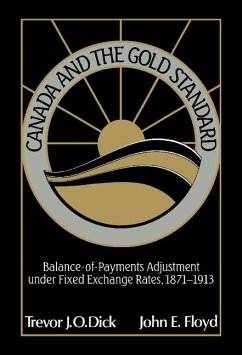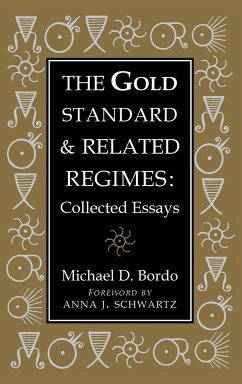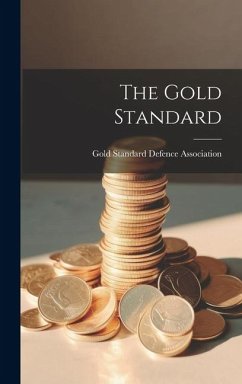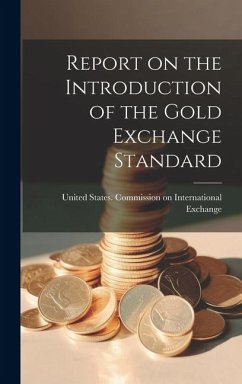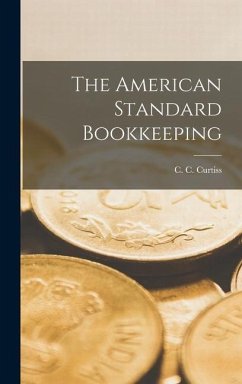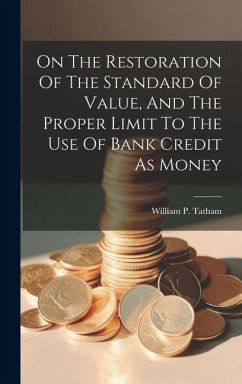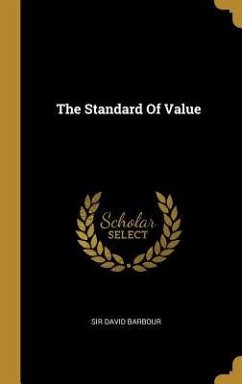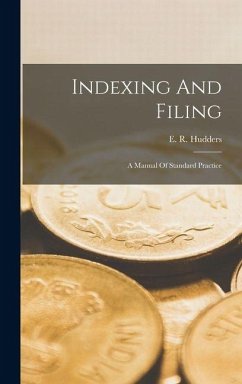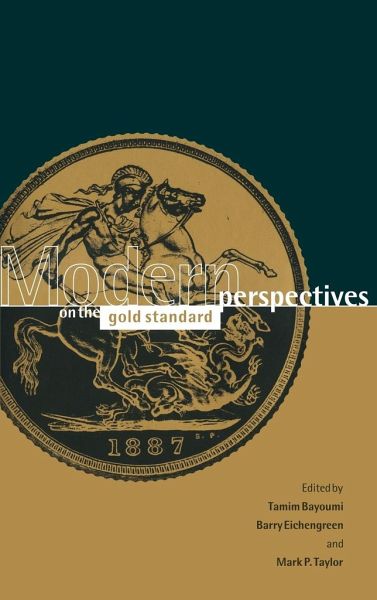
Modern Perspectives on the Gold Standard
Versandkostenfrei!
Versandfertig in 1-2 Wochen
89,99 €
inkl. MwSt.

PAYBACK Punkte
45 °P sammeln!
This book explores current exchange rate instability in the light of the operation of the gold standard in the years prior to 1914.





